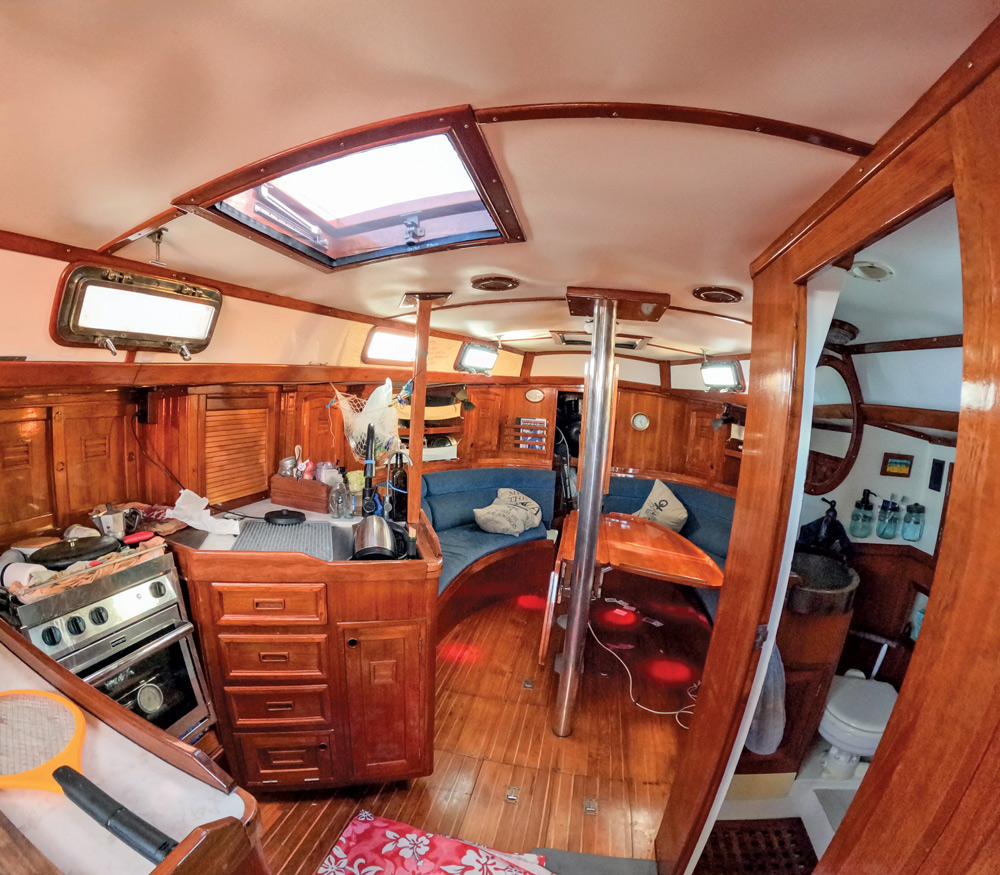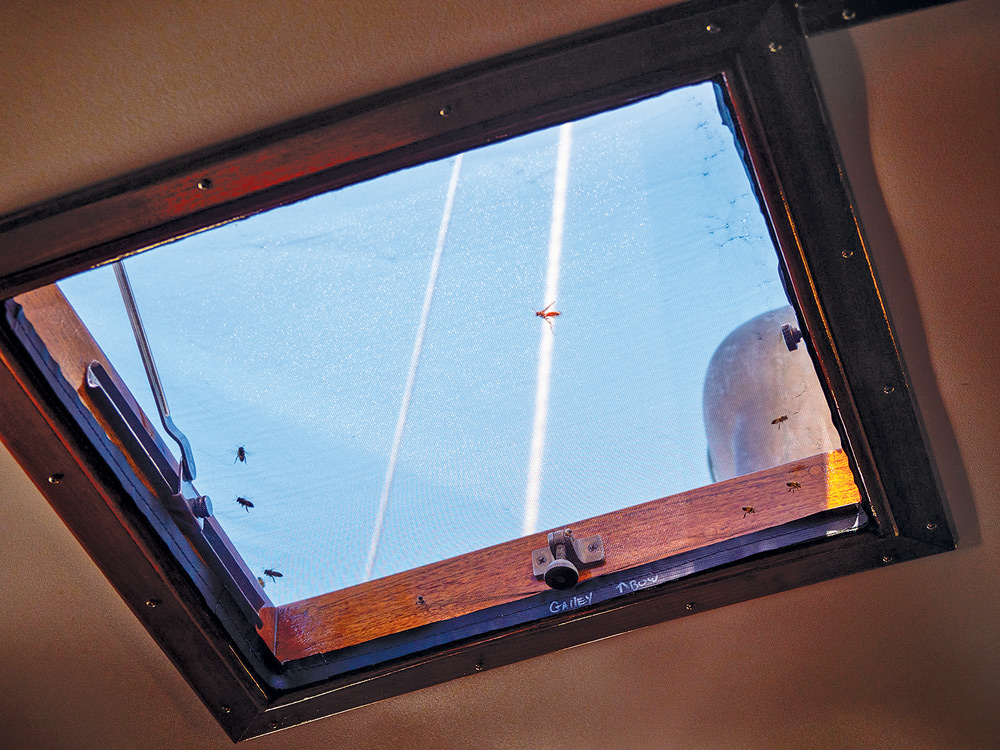DIY custom bug screens
Keeping insects out of the boat’s cabin is a matter of safety and comfort
As sailors, we’re often drawn to the sea by the promise of adventure, the thrill of exploration, and the beauty of untouched landscapes which is how my husband Chris and I ended up sailing our 1979 Cheoy Lee 41 Avocet from California to the Mexican Sea of Cortez. The Sea of Cortez, with its crystalline waters and stunning vistas, is a sailor’s paradise but, contrary to belief, paradise comes with its own set of challenges, and one of them is the persistent presence of insects.

Bug screens serve multiple essential functions on your sailboat, beyond simply keeping pests out. These include:
1. Health and safety: Insects can carry diseases like Zika, Dengue fever, and Chikungunya. When you’re anchored in a remote bay or enjoying a tranquil night under the stars, the last thing you want to worry about is contracting a mosquito-borne illness. Bug screens act as a protective barrier, keeping these pests at bay.
2. Comfortable living: Your sailboat is your sanctuary, and a bug-free interior makes for a much more comfortable and pleasant living space. Whether you’re dining below deck or simply relaxing after a day of sailing, bug screens allow you to enjoy your surroundings without the need to constantly swat and itch.
3. Preserving supplies: Insects don’t discriminate; they can infiltrate your food stores and damage your equipment. Bug screens help maintain the integrity of your supplies and prevent contamination.
Crafting the screens
Creating custom bug screens is a practical and rewarding DIY project that will pay off in spades during your travels. Although we had two manufactured-one-size-fits-most-overhead hatch nets that came with Avocet, we still had two hatches to account for. We used soft mesh insect screening, not metal screening, from the big box store for our screens.
Making screens starts with measuring and as with many projects, the measure twice, cut once motto applies. Accurate measurements are key. Measure all hatches, ports and openings where bugs could enter your boat and where you intend to make screens. You want the screens to fit snugly and securely over each opening, without excess material. Remember to include about an inch of extra screen mesh on each side so there is plenty of material to attach to Velcro. Extra material can be trimmed after sewing.

One-inch Velcro was measured and cut for each side of a screen, creating a butt joint of Velcro in the corners. Attaching the Velcro to the screen material is easily done with a sewing machine and UV-coated thread. Sewing two rows of stitches on each side ensures a tight seal.
We immediately put our screens to work and not a moment too soon as the infamous wasps that plague the Sea of Cortez quickly covered the boat in a search for fresh water. Thanks to our new screens, not a single one made it down below.

Comments